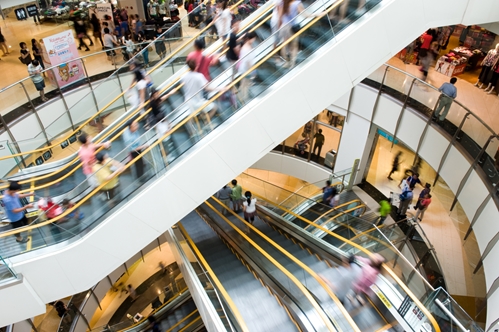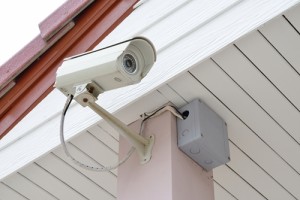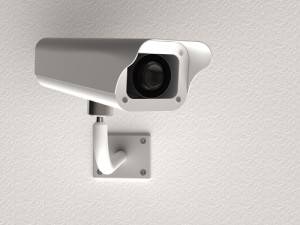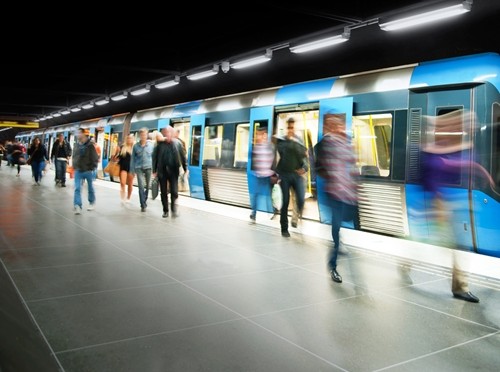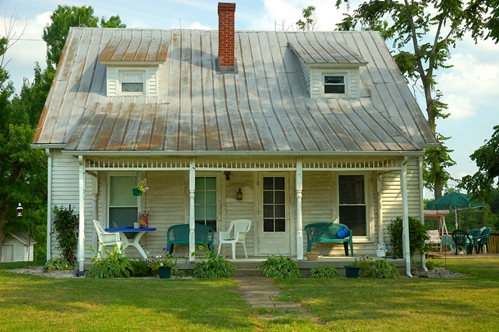
How Outdoor Festivals Benefit from Video Oversight
Posted on August 18, 2016
Category: Public Safety
Video systems play a central role at many of today's largest outdoor events. With tens of thousands of people often gathered in small areas, safety is priority, as is crowd management. Some festivals include metal detectors, bag searches and/or pat downs at their entrances to screen for contraband, but lack additional security measures throughout the festival grounds. As a result, human security personnel may struggle to keep up with the huge crowds, leading to possible safety incidents as well as overly crowded lines to vendor stands and restrooms. Enter video monitoring solutions. Read More

